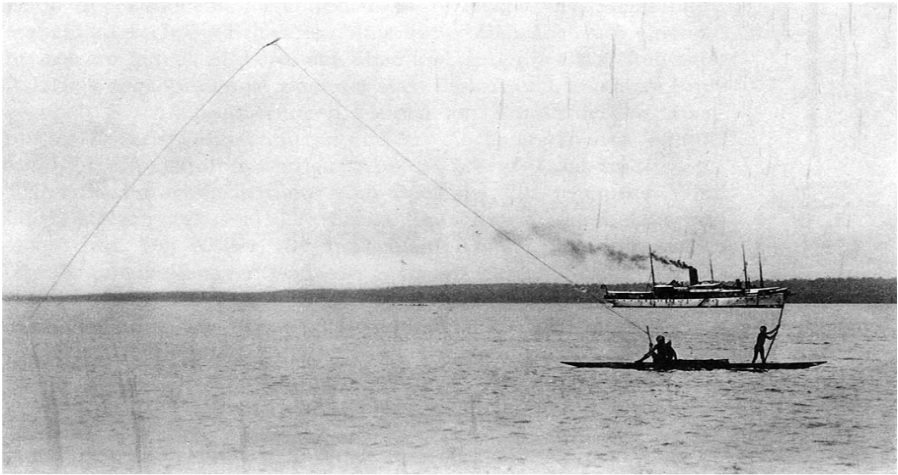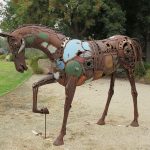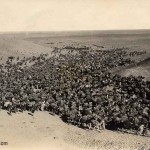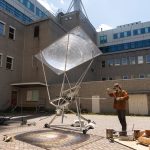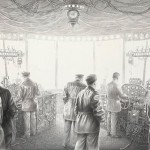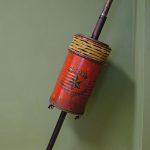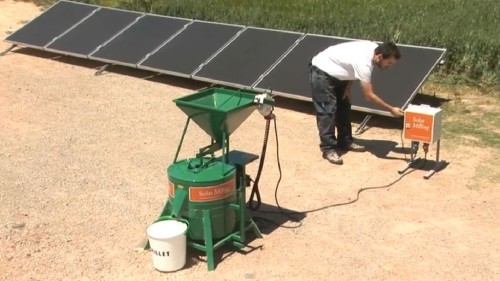
“Graining cereal crops is a basic, century old business and it will continue to be as important as ever before for centuries to come. Before the age of oil grain milling was entirely based on renewable energy. It was either done by wind energy, hydropower, animals or manpower. For the last century the traditional grain milling has been mainly replaced by electricity and fuel driven milling.”
“The Solar PV Grain Mill works to the same principle like any conventional, electrically driven mill. The mill has a very efficient 3-phase AC motor which is directly coupled to the graining system. The main invention of the system is, and that makes it unique among PV systems, that it is a “direct drive system” without the need of batteries. The Solar PV generator converts solar radiation into electricity, and the generated electricity is directly feeding the motor drive. There are no additional conversion losses, such as energy storage losses in batteries, battery maintenance or replacement costs, which are a common problem in conventional Solar PV off-grid systems.”
Read More: Solar Milling. Via Engineering for Change.
I would like to add that the direct drive system also eliminates the high energy use caused by the production of the batteries, which can make solar PV off-grid systems everything but sustainable. Therefore, storing work instead of energy — the solar mill only operates when the sun shines — is a very interesting strategy in sunny regions.
Related:
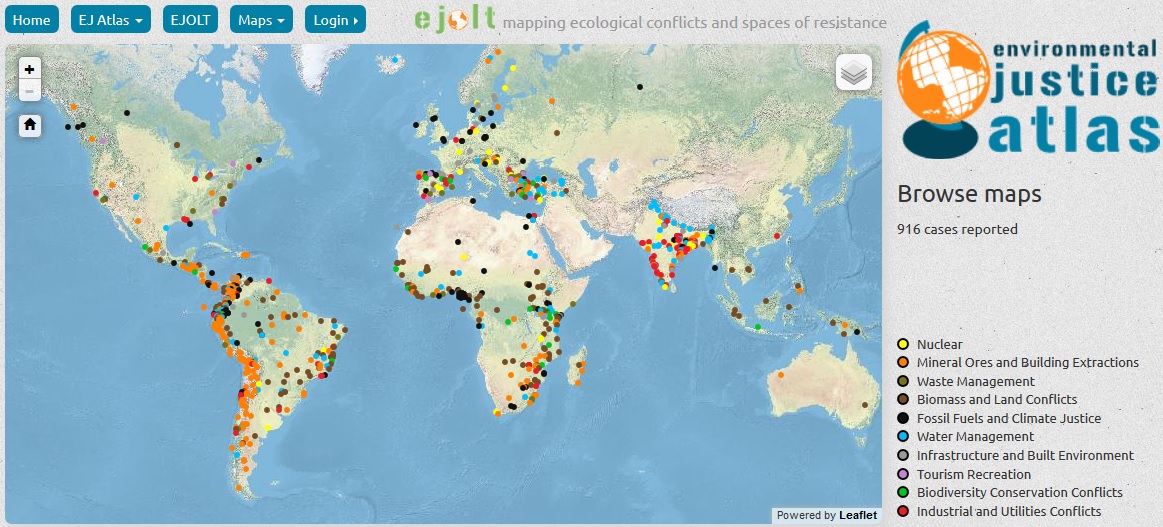
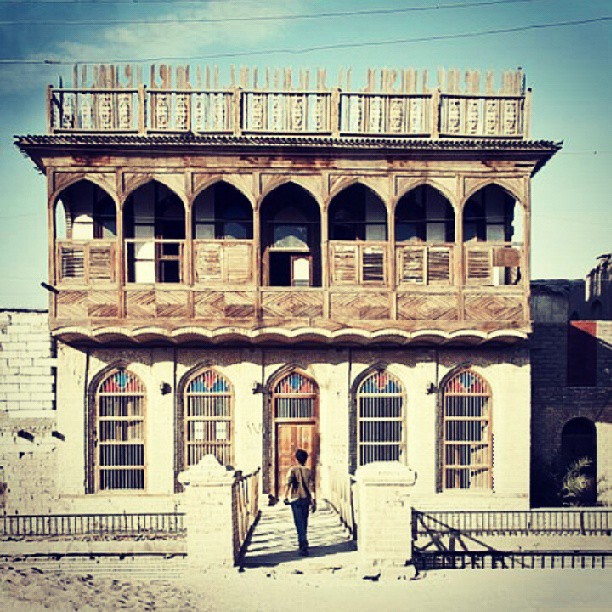
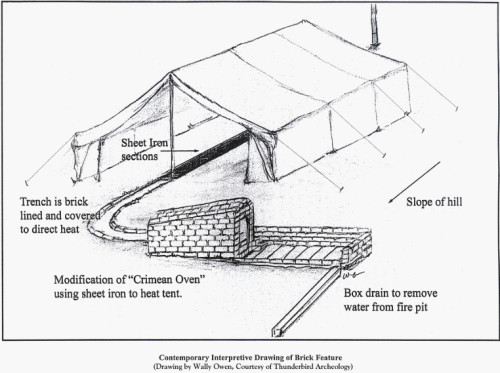
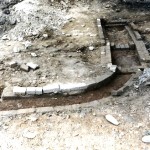
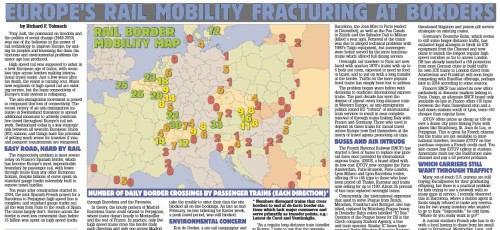 The
The 